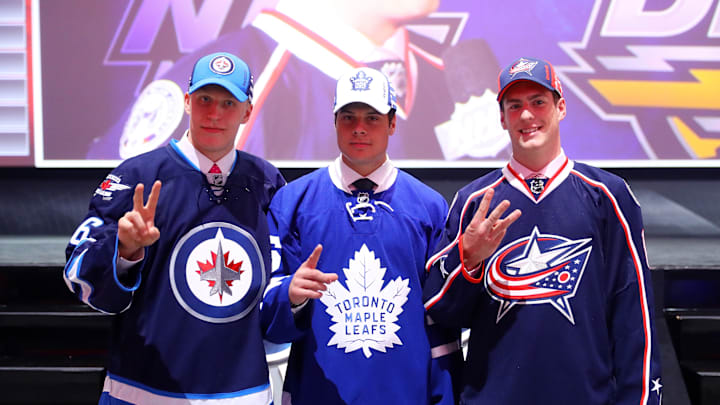The 2016 NHL Entry Draft will always be remembered as the one where the Toronto Maple Leafs selected Auston Matthews.
Some believe the 2014 NHL draft was the turning point for the Toronto Maple Leafs rebuild but the 2016 draft was where the Leafs were supposed to set themselves up for the next decade or so.
They had successfully bottomed out, tanking to the bottom of the standings and winning the draft lottery for the first overall pick and the right to draft American born star forward Auston Matthews.
The Leafs were walking into Buffalo where the draft was held with 11 picks in hand.
Two firsts (first and 30th), two seconds (31st and 57th), two thirds (62nd and 72nd), two fourths (92nd and 101st), one fifth (122nd), two sixths (152nd and 179th), and one seventh (182nd).
More than enough draft capital to add to their burgeoning prospect cupboards.
On day one of the draft, the Leafs ended up swapping their later first, the 30th overall pick and a 2017 second rounder to the Anaheim Ducks for goaltender Frederik Andersen.
They quickly locked up their goalie of the future to a five-year contract extension worth $5 million per year.
